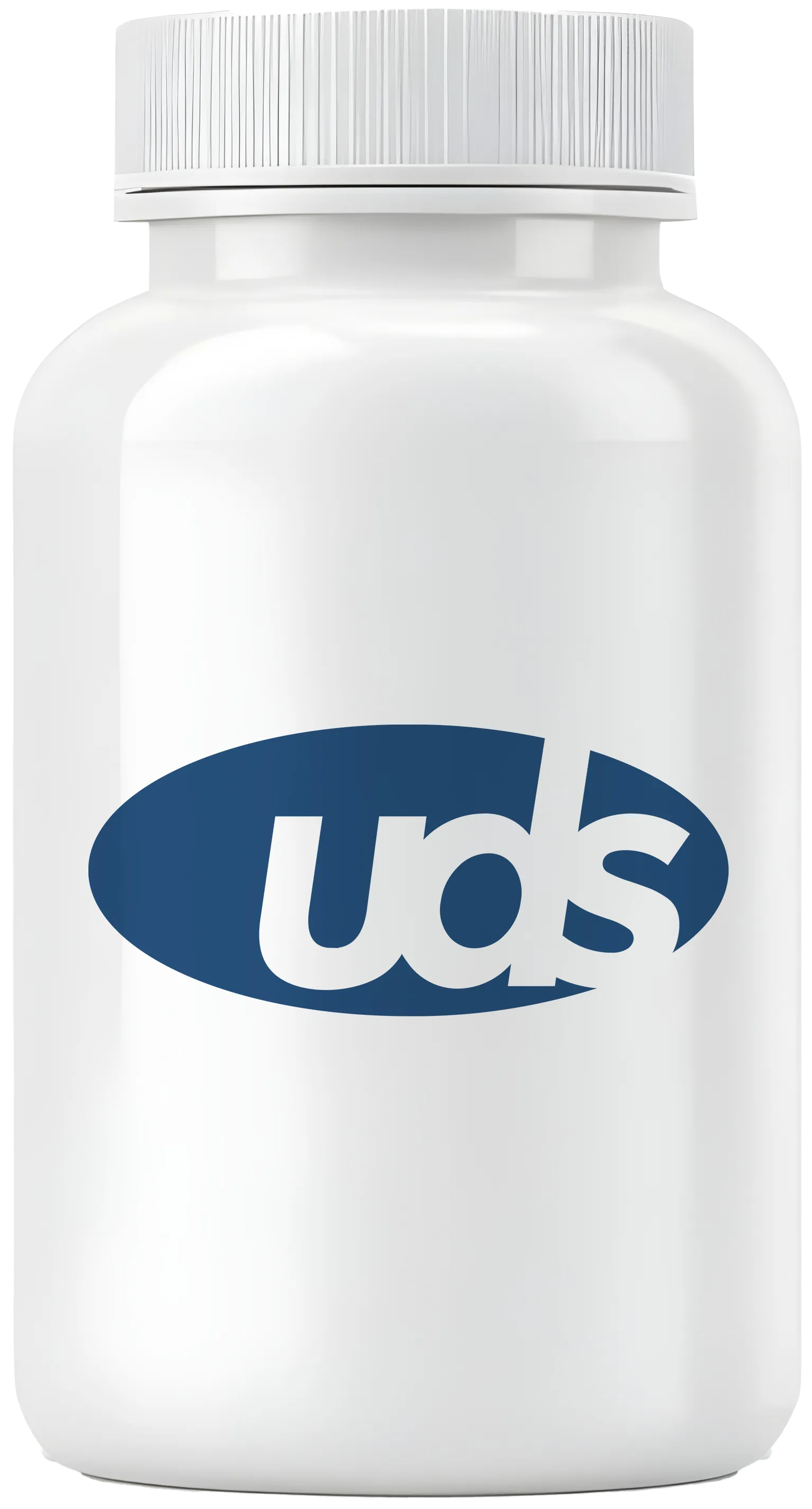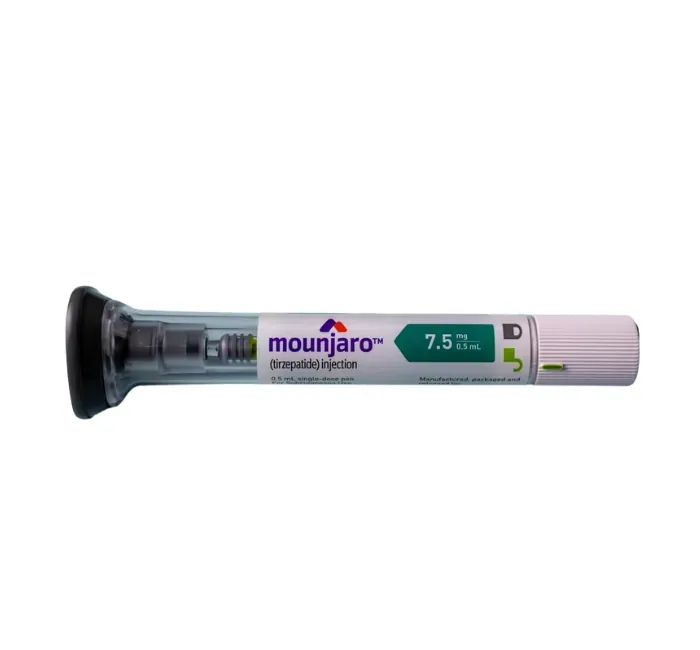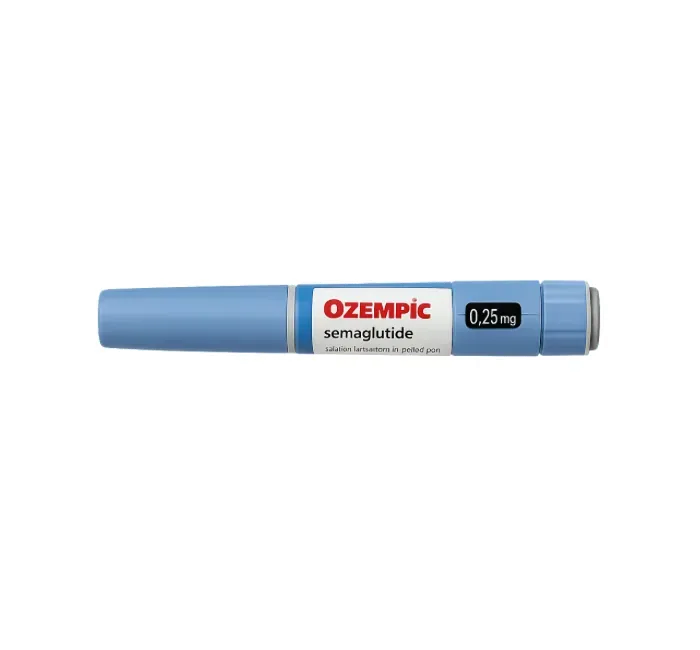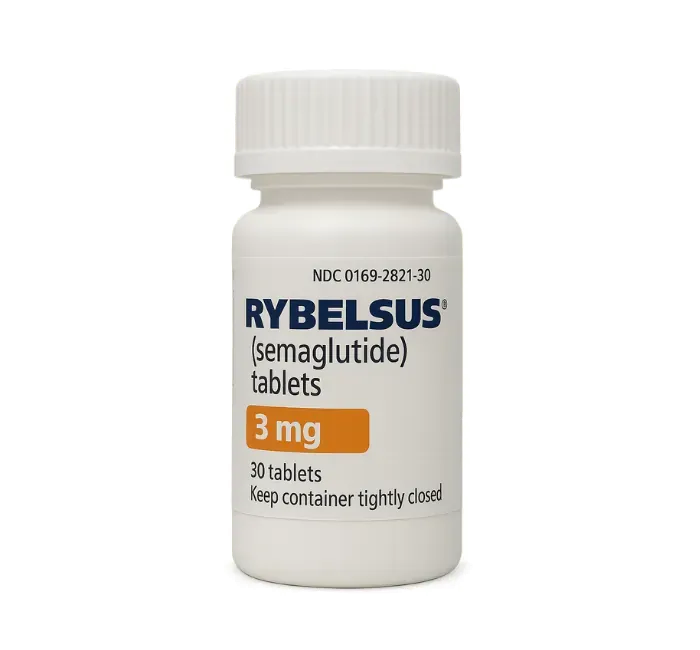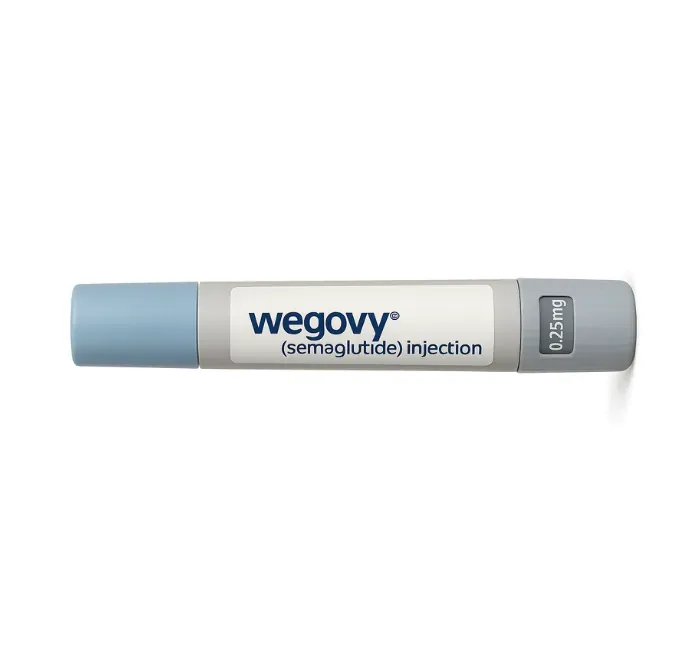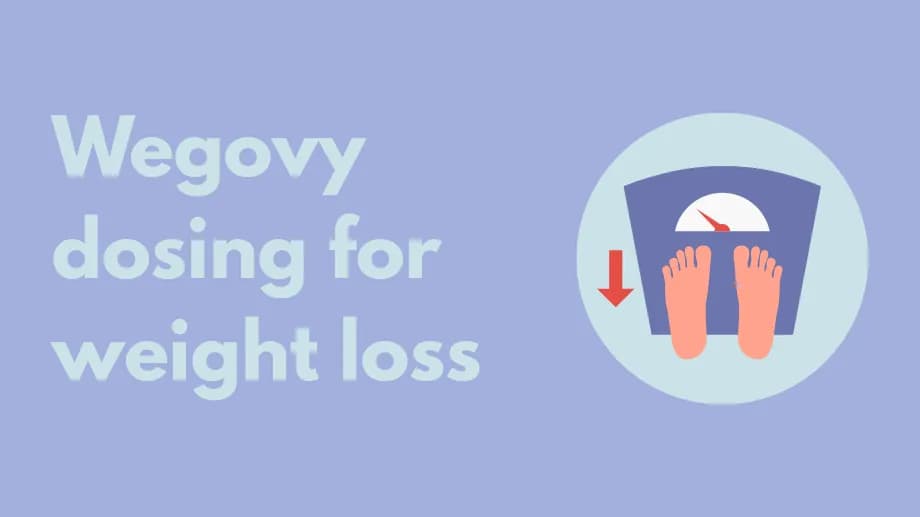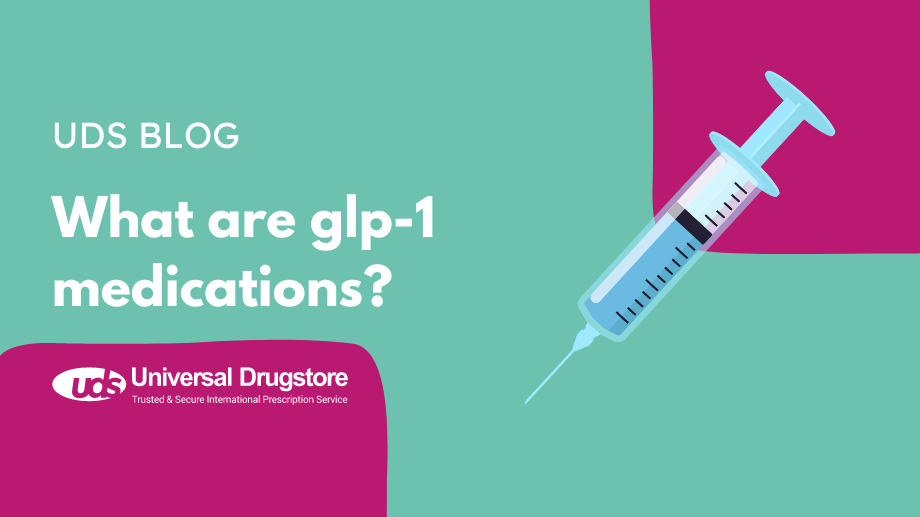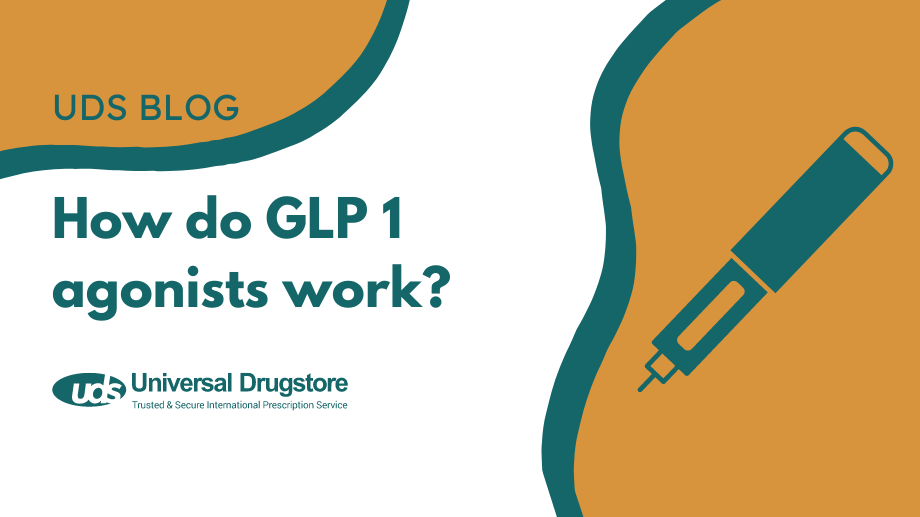What are GLP-1 medications?
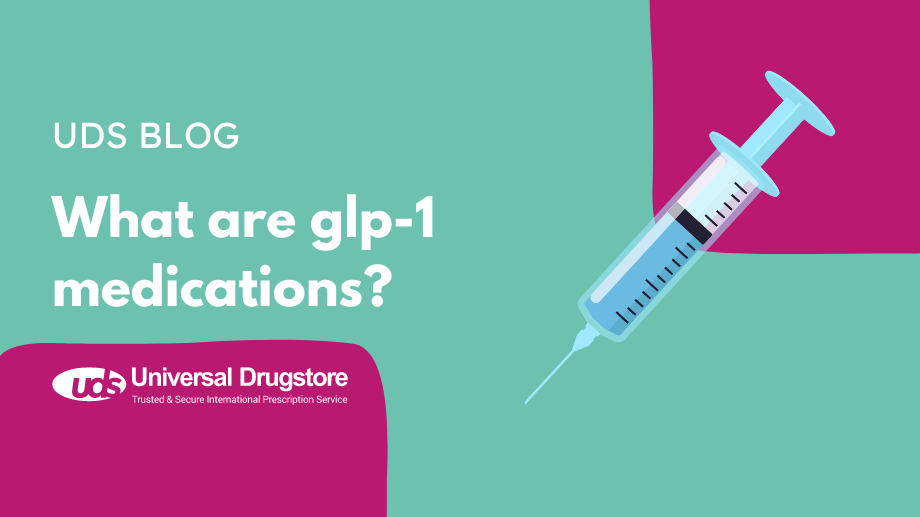
Glucagon-like peptide-1 receptor agonists, also known as GLP-1 agonists, GLP-1 receptor agonists, GLP-1 RA’s, incretin mimetics, or GLP-1 analogs, are a class of medications used in the treatment of type 2 diabetes mellitus (T2DM) and obesity. They mimic (copy) the GLP-1 hormone naturally released in your gastrointestinal (GI) tract in response to food. This hormone lowers your blood sugar levels and can help you eat less and lose weight.
These are relatively new medications. The U.S. Food and Drug Administration (FDA) approved the first GLP-1 agonist (exenatide) in 2005. They are most often injectable medications, although there are a couple that can be taken by mouth. GLP-1 medications can be given anywhere from once or twice daily to once weekly, depending on the specific drug.
While they have become extremely popular in the last few years, these medications are not for everyone. Read on and get a better understanding of GLP-1 drugs and talk with your healthcare provider to see if one is right for you.
How do GLP-1 drugs work?
When eating, your digestive system breaks down carbohydrates into simple sugars that enter your bloodstream. In response to this, your body releases GLP-1. It stimulates your pancreas to make insulin, blocks the release of glucagon, slows stomach emptying, and helps you feel full longer.
If you have type 2 diabetes (T2DM), your body’s cells don’t use insulin properly, your pancreas does not make enough insulin, or both. GLP-1 receptor agonists stimulate your pancreas to make more insulin and inhibit the secretion of glucagon. Insulin helps take sugar (glucose) out of your bloodstream and into your body’s cells where it is used for nutrients and energy. Glucagon is responsible for triggering the release of stored glucose by your liver. Both of these actions help lower blood glucose levels in type 2 diabetics.
GLP-1 receptor agonists also act in your brain to decrease hunger and slow down the speed at which your stomach empties. This helps you feel full for a longer period of time (satiety), which can lead to you eating less and losing weight. Weight management is an important part of diabetes treatment.
In the past few years, several GLP-1 receptor agonists have been approved by the FDA for weight loss in obese people who don’t have type 2 diabetes. When used for obesity, these medications are usually given in higher doses than when given for type 2 diabetes.
What are the names of the GLP-1 medications?
Several types of GLP-1 drugs are FDA-approved along with diet and exercise to treat either type 2 diabetes or obesity. Examples include:
Short-acting GLP-1 agonist injections
- Byetta (exenatide): This type 2 diabetes medication is given as a subcutaneous injection (under the skin) twice daily.
- Victoza (liraglutide): This type 2 diabetes medication is given as a subcutaneous injection (under the skin) once daily.
- Saxenda (liraglutide): This weight loss drug is given as a subcutaneous injection (under the skin) once daily.
- Adlyxin (lixisenatide): This type 2 diabetes medication is given as a subcutaneous injection (under the skin) once daily. It is no longer available in the United States.
Long-acting GLP-1 agonist injections
- Ozempic (semaglutide): This is a once-weekly subcutaneous injection (under the skin) that is used to treat type 2 diabetes.
- Wegovy (semaglutide): This is a once-weekly subcutaneous injection (under the skin) that is used to help you lose weight.
- Bydureon Bcise (exenatide extended-release): This is a once-weekly subcutaneous injection (under the skin) that is used to treat type 2 diabetes.
- Trulicity (dulaglutide): This once-weekly subcutaneous injection (under the skin) is used to treat type 2 diabetes.
Oral GLP-1 agonist
- Rybelsus (semaglutide): This is the only oral GLP-1 receptor agonist currently available. It is taken once daily to treat type 2 diabetes.
There is also a similar class of drugs called dual GLP-1/GIP receptor agonists. There is currently one of these medications available called tirzepatide. It is marketed as a type 2 diabetes medication with the brand name Mounjaro and as a weight loss drug known as Zepbound.
What conditions are treated with GLP-1 receptor agonists?
There are GLP-1 receptor agonists available that are approved to treat either type 2 diabetes or obesity along with diet and exercise.
Shop Medications
GLP-1 receptor agonists are typically added to your type 2 diabetes treatment if you:
- Can’t take metformin
- Still have high blood sugar levels or A1C levels while on other medications
- Are having complications related to:
- chronic kidney disease (CKD)
- heart failure
- atherosclerosis
These medications can help reduce the risk of heart attack, stroke, or death in adults with type 2 diabetes mellitus and known heart disease.
For weight loss, healthcare professionals may prescribe GLP-1 receptor agonists if you have a starting body mass index (BMI) of 30 or higher or if you have a BMI of 27 or higher and at least 1 weight-related health condition, including:
- Type 2 diabetes
- Cardiovascular disease
- High blood pressure
- High cholesterol
- Liver disease
- Polycystic ovary syndrome
- Obstructive sleep apnea
What are the common side effects of GLP-1 receptor agonists?
The most common side effects of this class of medication include nausea, vomiting, diarrhea, and loss of appetite. These are more likely to occur when you first start the medication or when you increase the dose. Some other possible side effects that may occur include:
- Headache
- Stomach pain
- Fatigue
- Constipation
- Dizziness
- Heartburn or indigestion
- Low blood sugar (hypoglycemia)
- Bloating
- Gas
- Mood changes
Although rare, they can rarely cause serious and sometimes life-threatening adverse effects such as:
- Severe allergic reaction
- Pancreatitis
- Gallstones
- Kidney problems
- Worsening vision (diabetic retinopathy) in type 2 diabetics
- Heart rate changes
- Suicidal thoughts or behaviors
- Increased risk of thyroid cancer
- Bowel obstruction (a blockage that keeps food from passing through your intestines)
These are not all of the possible adverse effects of these medications. You should always seek medical advice from your healthcare provider for any questions or concerns about your medical condition or treatment. Read all patient information, medication guides, or drug information sheets that come with your medication. You can also report adverse effects to the Food and Drug Administration at www.fda.gov/medwatch or 1-800-FDA-1088.
Who shouldn’t take GLP-1 receptor agonists?
Although these medications are generally well-tolerated and safe, you should not take them if you:
- Are pregnant, breastfeeding, or plan on becoming pregnant
- Have a history of pancreatitis or thyroid cancer
- Are allergic to the active ingredient or any inactive ingredients in the drug’s formulation
- Have multiple endocrine neoplasia (MEN) syndrome type 2
It is important to discuss any other medications you are taking with your healthcare provider to be sure there are not any serious drug interactions.
Are GLP-1 receptor agonists approved for children?
Most GLP-1 receptor agonists are only approved for adults 18 years and older. However, Saxenda (liraglutide) and Wegovy (semaglutide) are approved as weight loss medications for certain children aged 12 years and older with obesity. This is defined by specific body mass index (BMI) cut-offs for sex and age that correspond to a BMI of 30 kg/m2 or higher for adults. They must also weigh more than 60 kg (132 pounds).
Sources
- Yao H, et al. (2024). Comparative effectiveness of GLP-1 receptor agonists on glycaemic control, body weight, and lipid profile for type 2 diabetes: Systematic review and meta-analysis. Accessed June 19, 2024.
- Cardiovascular disease and risk management: Standards of medical care in diabetes. American Diabetes Association. Accessed June 19, 2024.
- Latif W, et al. (2024). Compare and contrast the glucagon-like peptide-1 receptor agonists (GLP1RAs). Accessed June 19, 2024.
- ElSayed NA, et al. Pharmacologic Approaches to Glycemic Treatment: Standards of Care in Diabetes-2023. Diabetes Care. 2023 Jan 01;46(Suppl 1):S140-S157. Accessed June 19, 2024.
- Uccellatore A, et al. (2015). Comparison review of short-acting and long-acting glucagon-like peptide-1 receptor agonists. Accessed June 19, 2024.
